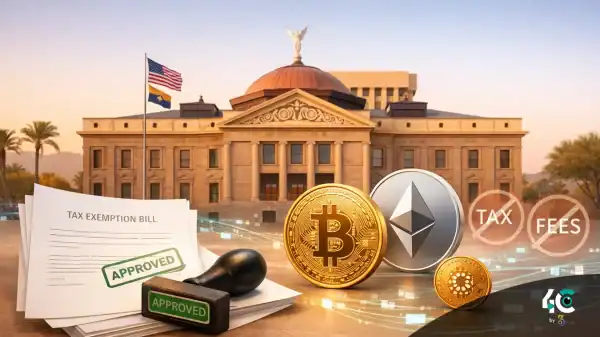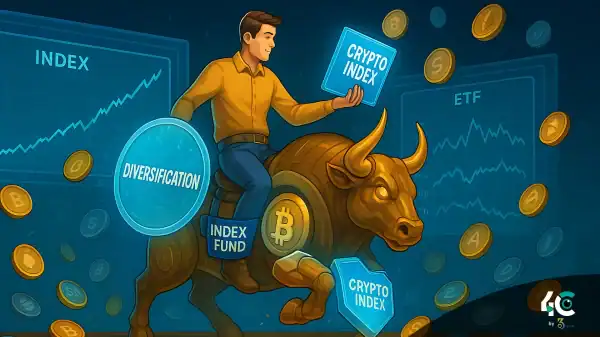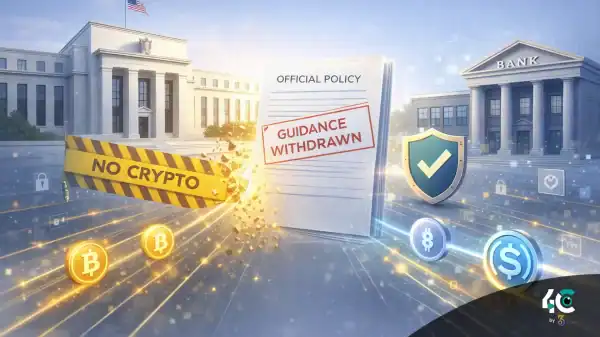Have you ever wondered why the trading volume of a new/unheard-of crypto exchange is as high as a top-tier exchange yet no one uses it?
Step inside the murky world of synthetic liquidity, where what you see isn’t what it seems. Or, that trading you see isn’t real.
The scam maker uses professional trading bots, including AI-based ones, to impersonate heavy trading. But these aren’t real buyers and sellers. The algorithms make fake trades that are coordinated among apparatus to lure the traders.
How the Synthetic Liquidity Scam Works
Market activity is simulated to entice users. This is the core concept.
Market-Making Bots
Exchanges deploy bots that place large numbers of buy/sell orders on both sides of the order book. To create both depth and interest, these orders are continuously modified.
The top price of the security is set/opened through the filling of artificial demand by such trades and also making it worth ……..
Creating spreads that are too tight artificially leads to phony liquidity. It gives the impression that slippage risk is low.
Why Do Exchanges Do This?
- Attract New Users: A large trading volume and liquid market can attract traders who believe that the market is active.
- Boost Listings: A project may pay for exchange listings, and inflated volume makes the listing appear organic.
- Compete with Giants: Smaller and offshore exchanges fake numbers to appear competitive with Binance.
The result? You are entering a manipulated market. Your orders can get stuck. Your exit can be expensive. The price of the asset will fall once the illusion breaks.
How to Spot Synthetic Liquidity
- Identical Trade Sizes
Frequent purchase orders of the same size executing repeatedly are just bot behavior, especially if high in frequency. - No Slippage During Big Trades
You will get slippage in real markets when you place large orders. If you notice little slippage on large orders, it may be fake. - Sudden Volume Spikes
Volume surges that don’t sync with news or social chatter usually mean it’s fake. - Weird Time-of-Day Patterns
If the volume remains steady during off-hours or weekends, then it could be a red flag for bots on autopilot. - Check External Data
Compare the exchange’s claimed volume with CoinGecko or CoinMarketCap. Many rank trust scores based on volume authenticity.
Real-World Examples
Many overseas or poorly regulated exchanges have inflated their volume metrics to lure users. In some instances, exchanges even supported projects, making trades against themselves to create the look of interest.
While leading exchanges are more audited and tracked, the lesser-known ones may operate in a legal grey zone, especially in poorly enforced areas.
How to Protect Yourself
- Use vetted exchanges with a good reputation and verify their trading volume with a third-party tool.
- Stay clear of unusual volume and unknown tokens—the vast majority are rug pulls.
- On-chain trades for the best price can be made using a DEX aggregator like 1inch or Matcha.
- Use Arkham, Nansen, or DeBank to see where whales and VCs are placing their bets.
Conclusion
In crypto, activity doesn’t always equal opportunity. Synthetic liquidity is a dangerous illusion that distorts markets, misleads users, and hides real risks.
Don’t trade where the action is fake. Check volume, ask about spreads, and always follow the real liquidity, not the noise.



































